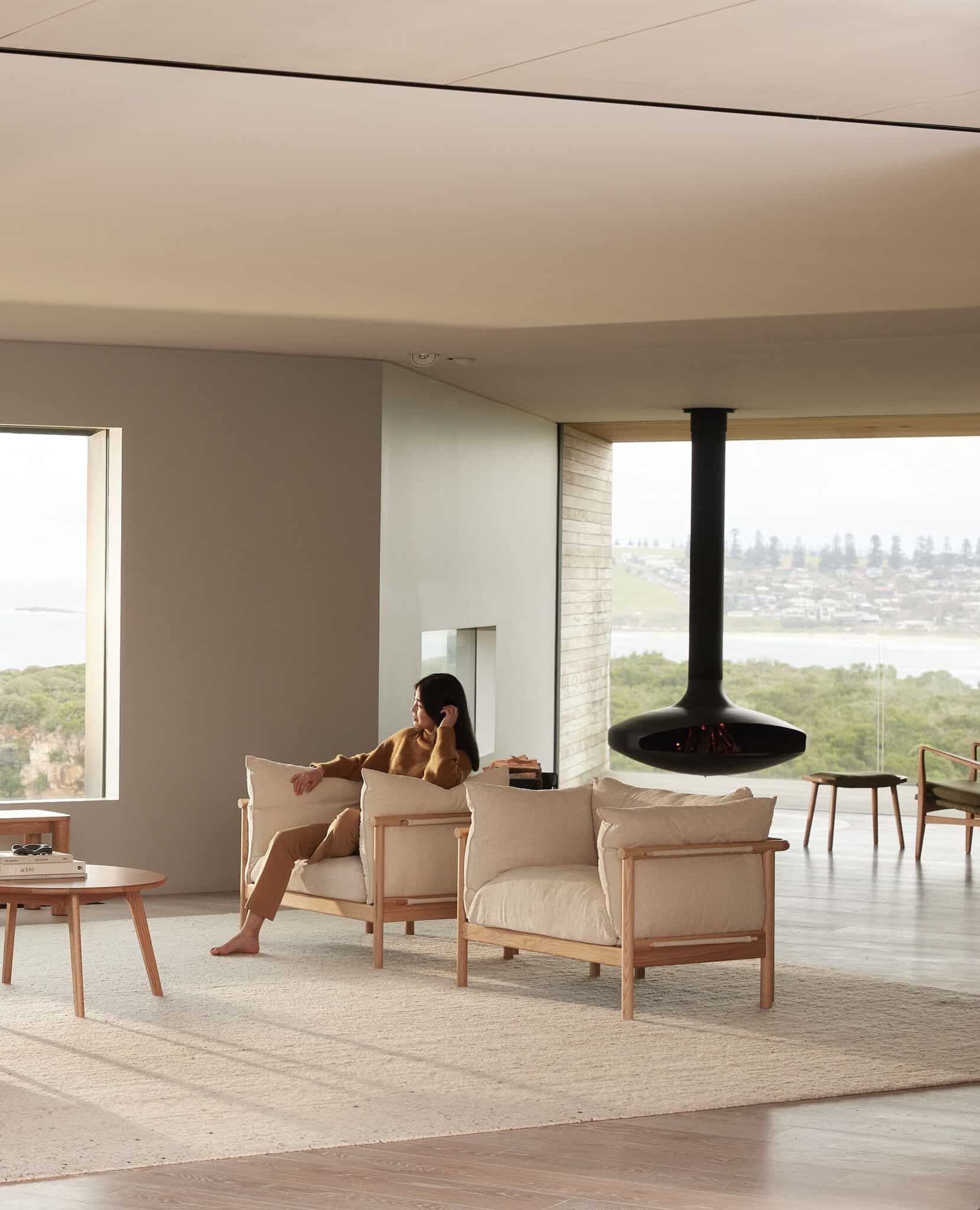The Rise of Slow Furniture: A Guide to Sustainable Choices
Because when we shop slow, beauty and sustainability can coexist.

In a world of fast-paced trends, flash sales and endless consumerism, the rise of slow furniture is emerging as a beacon of sustainability and more mindful consumption.
Consumers are beginning to prioritise quality over quantity, and the shift is helping redefine how we furnish our homes.
We chatted with Nikita Crockett, stylist and design service lead at IconByDesign, to unpack the rise of the slow furniture trend. She shares some of her best tips on starting your own sustainable furniture journey, balancing budgets, and making choices that are kind to both the planet and your aesthetic sensibilities.
Start Small & Intentionally
“Starting your sustainable furniture journey can feel overwhelming, but it doesn’t have to be!” Nikita explains.
Her advice? Begin with a cornerstone piece that reflects your style. A dining table or armchair can set the tone for your space while pulling together your overall vision.
“It’s important to focus on a few things: the durability of the materials, the versatility of the design, and perhaps most importantly, ask yourself, ‘Do I love to look at it?’” Nikita advises.
By focusing on what truly resonates with you rather than chasing fleeting trends, curating sustainable furniture becomes not only easy but also enjoyable.

The Power of Natural Materials
Another key factor is the materials you choose. Nikita points out the value of natural, solid hardwoods like oak and walnut, choices that prioritise quality over disposability.
“These materials are durable and have a timeless beauty that never goes out of style. They age gracefully, ensuring your furniture lasts for decades,” she says.
No Need to Break the Bank
Changing from fast furniture to sustainable items doesn’t have to mean a complete overhaul of your home or a massive financial spend.
Nikita says it’s better to replace things gradually, starting with items you use every day. “Replacing items as needed rather than all at once is key,” she says. “Focus on versatile pieces that outlast trends.”
Mid-century Scandinavian designs are a great example of versatile aesthetics that will fit into most pre-existing set-ups. Nikita also suggests opting for brands that use direct-to-consumer models. “This approach keeps costs fair while delivering timeless, durable pieces you’ll love for years.”
Striking the perfect balance between budget and quality begins with prioritising investment pieces. According to Nikita, “Opt for quality where it matters most—think solid wood tables or sturdy, well-made chairs.” These foundational items anchor your space and stand the test of time.

Take it Slow
By curating your home one piece at a time, you’re reducing waste and creating a space filled with items that tell a story and hold personal value.
Nikita’s advice is simple for those who want to start making the change.
“Ask yourself, ‘Do I really love this piece?’ That simple question can save you from costly mistakes and ensure you’re choosing items that will bring joy for years to come.”
“Sustainable doesn’t always mean expensive. It’s about choosing pieces you’ll cherish for years that won’t go out of style in a matter of months,” she says.
Has this explainer on the rise of slow furniture inspired you to make more sustainable choices? Why not have a read of our interview with style expert Sara Crampton on buying pre-loved designer items for your wardrobe? Or, have a read of our round-up of the best consignment stores in Sydney.
 Subscribe
Subscribe









 Subscribe
Subscribe









